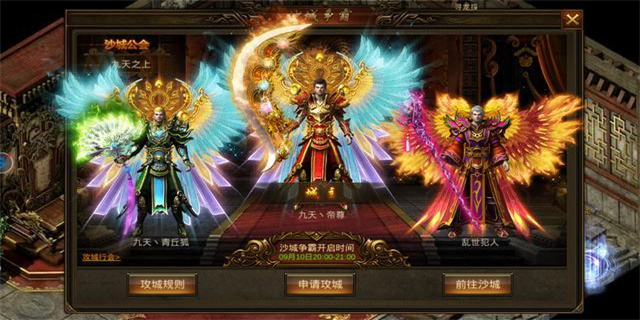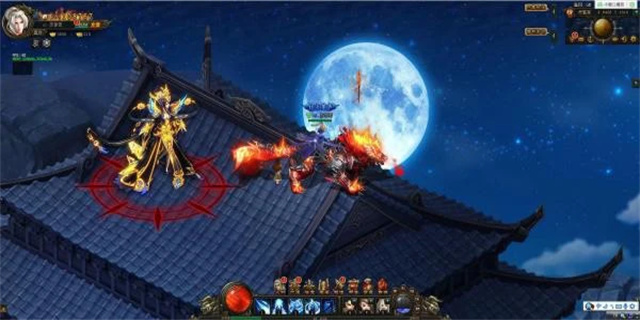Exploring the Radiance of Moonglow
Understanding Moonglow
Moonglow, like a shimmering ethereal orb, captivates the hearts of many, offering a mystical beauty that enchants stargazers and poets alike. This celestial phenomenon occurs when the moon appears brighter and larger than usual, casting an enchanting glow upon the Earth. In this article, we will delve into the science behind Moonglow, uncover its cultural significance, and delve into the different types of Moonglow that leave us spellbound.
The Science Behind Moonglow

Moonglow, although appearing to be a supernatural occurrence, can be explained through the lenses of science. When the moon orbits around the Earth, it reflects the sunlight that falls upon it. The intensity of this reflection depends on various factors, such as the moon's distance from Earth and the angle at which the light hits its surface. During certain phases of the moon, such as the full moon or the supermoon, the moon's proximity to Earth and its fully illuminated surface result in a breathtaking Moonglow that sets the night sky aglow.
The Cultural Significance of Moonglow

Moonglow holds immense cultural significance across different civilizations throughout history. In many ancient cultures, the moon symbolized femininity and the divine mystery of the universe. Its radiant glow was associated with goddesses and was considered a source of spiritual and emotional balance. Moonglow was also recognized as a guiding light for navigators, aiding their journeys across oceans and deserts. Even in modern times, Moonglow continues to inspire artists, writers, and poets, evoking a sense of serenity, romance, and mystique in their creative works.

Types of Moonglow
There are several types of Moonglow that offer varying levels of luminosity and intrigue. One such type is the Harvest Moon, which graces the sky in the autumn season. During the Harvest Moon, the moon appears larger and more luminous, aiding farmers with extended periods of light during the harvest season. Another captivating type of Moonglow is the Blue Moon, which is the second full moon to occur in a calendar month. This phenomenon is relatively rare, and the moon's radiant blue glow adds an extra touch of enchantment to the night sky. The Blood Moon, on the other hand, occurs during a total lunar eclipse when the moon takes on a reddish hue. This mesmerizing display of Moonglow has intrigued civilizations for centuries.
In conclusion, Moonglow is not merely a natural phenomenon, but a symbol of magic and wonder that has fascinated humanity for centuries. From the scientific explanations behind Moonglow to its cultural significance and various types, our appreciation for this radiant beauty deepens. So the next time you find yourself gazing at the moon, allow yourself to be mesmerized by its enchanting Moonglow and the mysteries it holds.
















